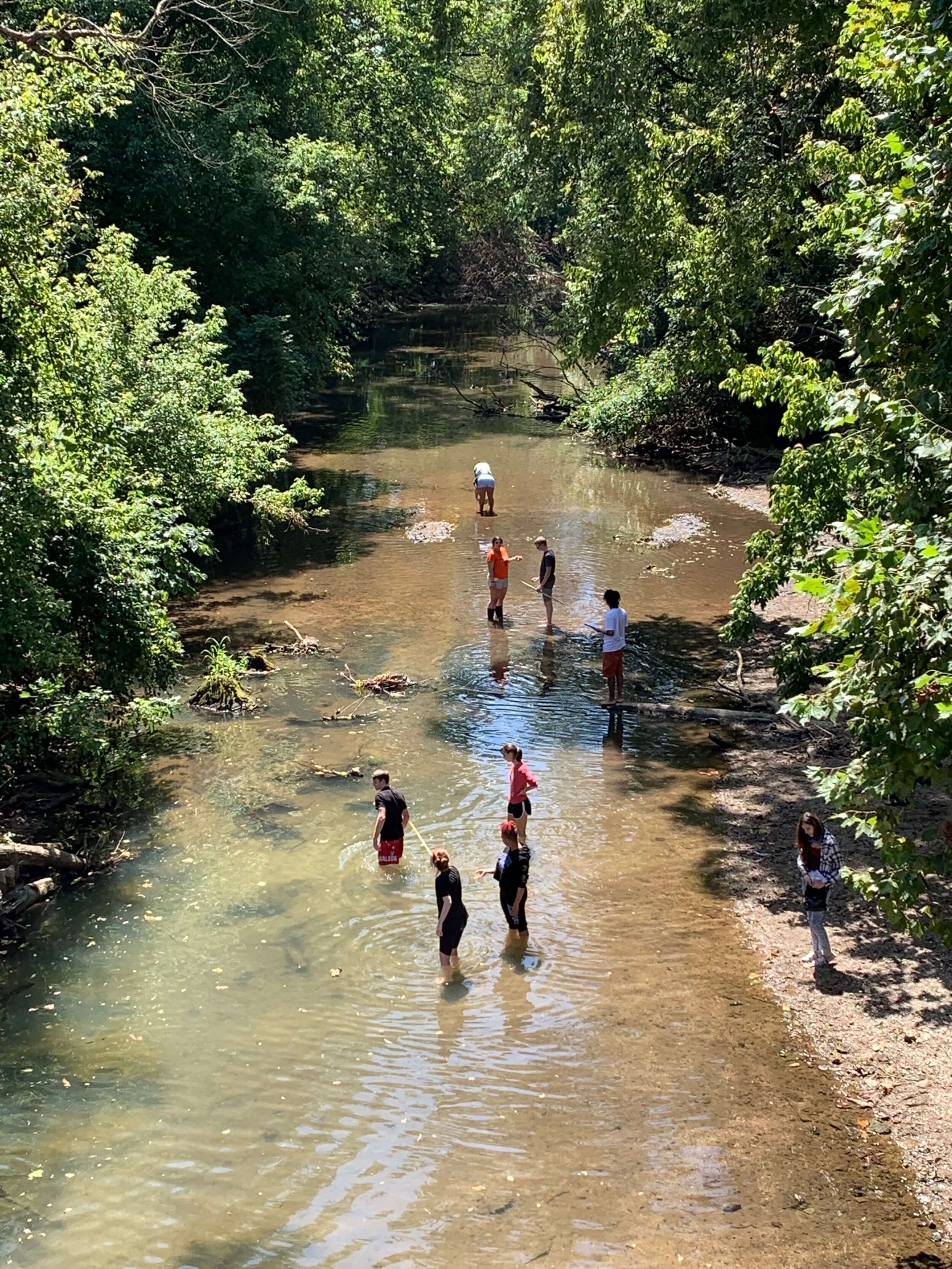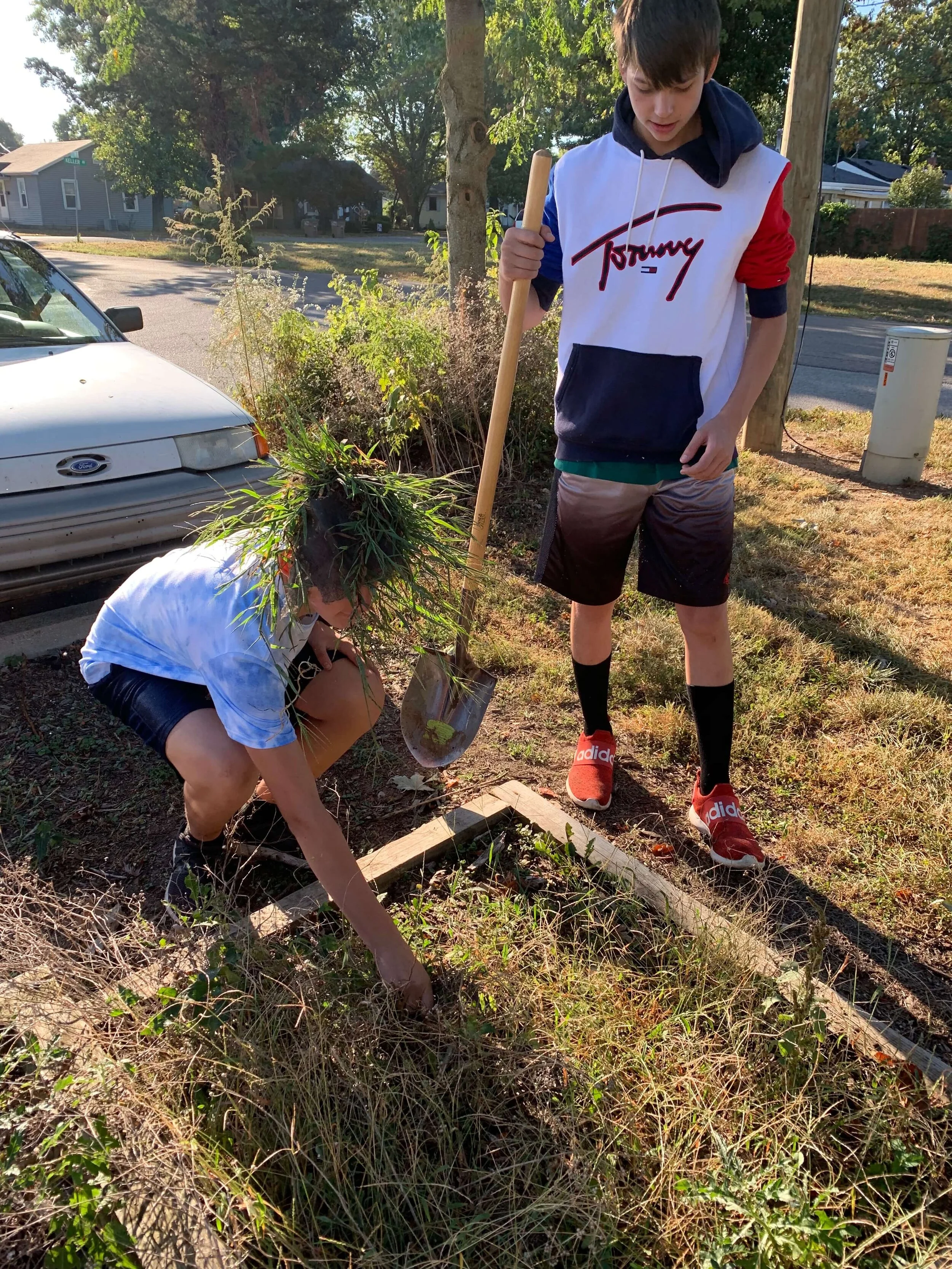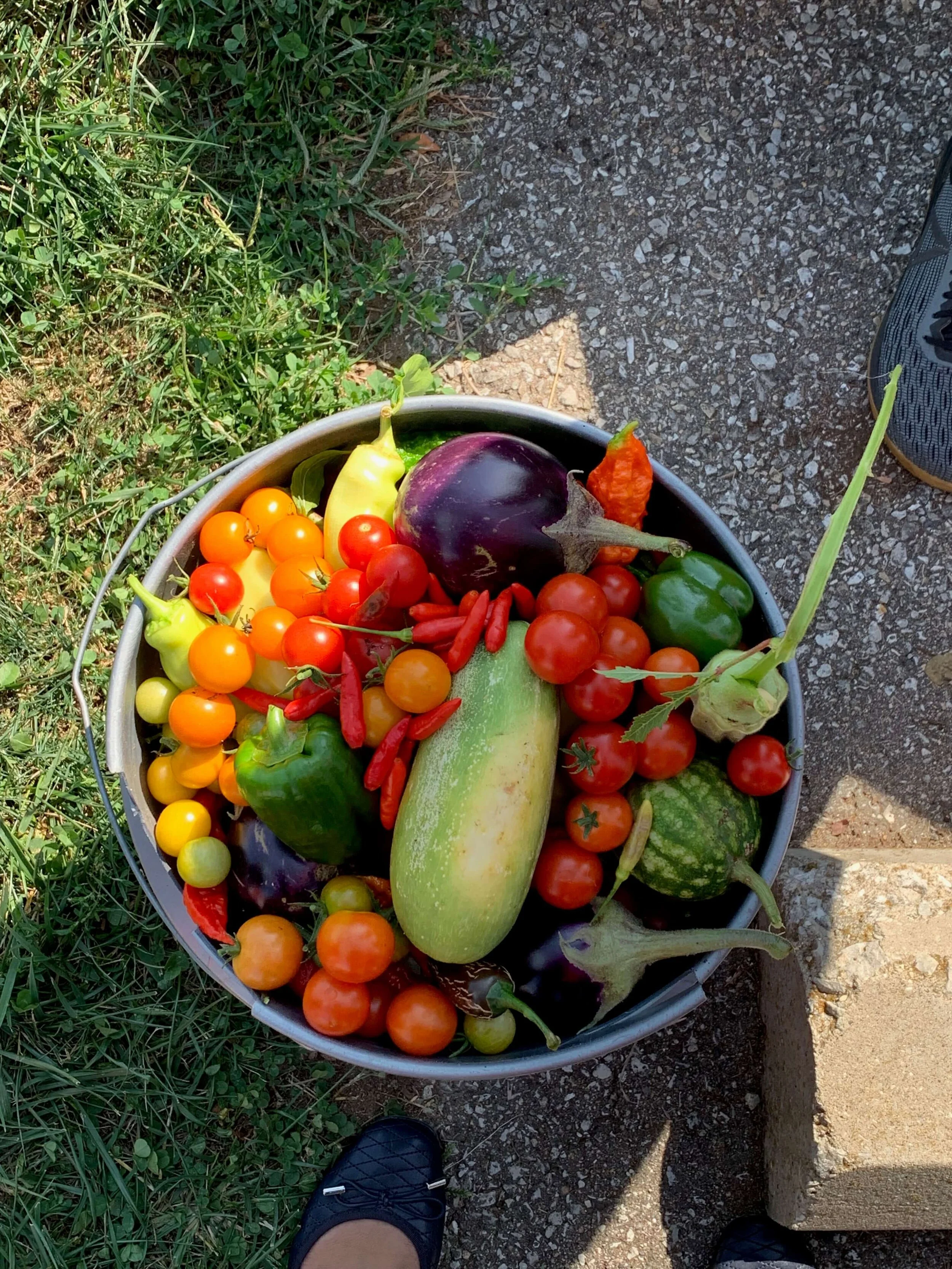Back to Project Based Learning Blogs
By: Fariha Hossain, High School PBL Facilitator
Columbus Signature Academy New Tech
Columbus, IN
My journey to education is a little more unconventional than most. Since before high school, I’ve known that I love to mentor and work with youth, but my experiences as a public school student came from very traditional settings, which didn’t allow me realize that being a teacher would be the perfect path to help me do what I love.
During my Transition to Teaching Program, I had the opportunity to student teach at Columbus Signature Academy New Tech. On my first day there, I fell in love with Project Based Learning and all the opportunities and possibilities that PBL had to offer. I was astonished at the level of connection, understanding, and respect that I witnessed between facilitators and students. These relationships, I truly believe, are based in the practices and principles of PBL. While strong teacher-student connections can be built outside of PBL, I believe that the framework and pieces of PBL organically lead to these results. The opportunity to work with students in a thriving, growth-focused, PBL environment is one that I am extremely grateful to have.
In my time as a staff member, our team of facilitators and administrators have spent hours of our meetings studying data concerning grades, surveys, and individual interactions to identify who our students are and what it is that they need from us. By studying our students, we have been able to more purposefully and effectively make sure that each individual student across our school is supported and guided in the ways that they need it.
The Developmental Assets Framework
We’ve been analyzing our students and their needs in the context of the Developmental Assets Framework, researched and published by the Search Institute. The Search Institute is an organization that was established in 1958 to survey the needs of young adults. Since then, researchers at the Search Institute have created a list of strengths, relationships, and insights that is used internationally to support youth on their paths to success. This list is often referred to as the “40 Developmental Assets” or the “Developmental Assets Framework.”
The Developmental Assets are broken down into two categories, external and internal assets, both of which I believe students have the opportunity to develop throughout the course of learning in a PBL environment. Both external and internal assets are further broken down into sub-categories with specific assets in each. For example, external assets include relationships that students need in their families, schools, and communities. Sub-categories of external assets include support and empowerment, which then lists specific criteria that relate to supporting youth, such as having a caring neighborhood, a supportive and loving family, a community that values youth, and a caring school climate. These criteria focus on the atmosphere that youth need, whereas internal assets focus on their social-emotional strengths and values, such as having a commitment to learning, which includes achievement, motivation, and bonding to their school.
While studying the listed relationships and opportunities that students need, I’ve come to realize that PBL can be the path to developing many of these skills, strengths, and tools that our students need. Our role as teachers is to scaffold, guide, and support our students as they understand themselves and their resources.
External Asset-Empowerment: Young people need to feel valued and valuable. This happens when youth feel safe and respected.
My interest lies in how PBL works to develop a students’ external assets, which primarily consist of having the necessary relationships, opportunities, and perspectives about their community that allows them to feel valued, and as a result, enables them to reach success. Specifically, my focus is on the sub-category of empowerment and the ways that I’ve seen PBL draw students into engagement and excitement through their feeling of empowerment. I have several examples of how I see PBL being utilized to develop these necessary skills and tools in my own classroom and with my own students. As you read further, hopefully you’ll think of some examples from your own classroom too!
PBL enables students to build upon their external asset of “empowerment” by demonstrating to youth that they are valued by their community and by recognizing that youth are trusted resources within their community. PBL is most powerful in that authentic, relevant projects give students the power to help their own communities and world thrive. By having community partners that our students relate to, respect, and further learn from, our students know that they are valued as members of our community, society, and world.
PBL proves to our youth that our communities value the youth. First, the teachers creating projects are searching for problems that they believe youth can create a solution for. In doing so, we are trusting that our students are capable of imagining, creating, and achieving. Although our projects might not always have perfect results, this first step towards giving our students authentic, real-world issues to address and solve demonstrates to them that we trust that they are capable of being positive influences for change within our communities. Furthermore, when we listen to their ideas and support them toward accomplishing their goals, it helps students to know that they are respected and their ideas are valued. Oftentimes, our students can feel so powerless outside of school, trapped in situations where they may not have much agency, and giving them this power within our classrooms and projects help them to build a sense of self and helps them to figure out who they are as individuals. When I was in high school, this level of empowerment from adults changed my life and set me on the path that I am on today. As facilitators, we have the ability to do this for our students every single day, in every single class.
Criteria for Empowerment: Community values youth—Young person perceives that adults in the community value youth.
One criteria for the external asset of empowerment is that community values youth and the young person perceives that adults in the community value youth. Recently, my Environmental Science students had community partners from Cummins come in and visit them to discuss waste management, and in particular, recycling. All of these students are either juniors or seniors, and many have been in PBL since kindergarten, so recycling can sometimes be a project topic that they have studied many times before, which fairly, can lead to exhaustion. We avoid this by giving the students a more hands-on, wider approach to the topic.
As upperclassmen, their driving question is: “How can we strategize and implement data-based solutions for solid waste management in our school to create a zero-waste system?” This is a year-long project that encourages students to take a more analytical approach to the rubric and the pieces of the puzzle that build up to their final products, which are implementable ideas to make our school more efficient. Each week, the students collect, sort, and analyze the recycling located in bins across the school. Next semester, they will focus on solutions on making our process and ideas more efficient.
Our community partners, who are international waste management experts from Cummins, shadowed the students as they collected and analyzed the school’s recycling, helped them with sorting the collections, and provided positive feedback and next step ideas and questions.
The next day, while debriefing, students who previously saw recycling as a chore shared that they found the community partners cool, awesome, and “chill.” They shared that the community partners gave them great ideas that they would like to implement and talked to them about their plans for recycling and school, but also life after school, which they appreciated. I’ve seen students get excited about projects and plans, but the way that students are energized after meeting a sincere, approachable, awesome community partner empowers them on another level. Students know that they are valued, not just by their school, but by other adults, other experts, in our community. Our students are shown that they deserve the time, attention, and support of adults that value their ideas and will help them to grow. Students learn the importance of mentorship, and sometimes, find community partners that also serve as their mentors for the remainder of their academic careers.
Criteria for Empowerment: Youth as resources—Young people are given useful roles in the community.
Another criteria for the external asset of empowerment is that the community views youth as resources and young people are given useful roles in the community. At CSA New Tech, I think one simple, clear example of this is consistently seen each year in our school garden. This garden helps students to address the issue of hunger within our communities through growing food for others and then sharing it, and it allows students to directly help people by building a solution. Each year, students are tasked with preparing, planting, irrigating, and harvesting from a community garden that can be used by neighbors and families all throughout the year. Students are given organizational challenges such as deciding which plants need to be gathered and the best way to lay out the garden, to interpersonally being challenged to collaborate with one another and their peers, who are sometimes in different classes altogether. It is a situation where many students who otherwise balk at collaboration or oral communication thrive to share their ideas, their plans, and their knowledge of preparing, planting, and harvesting a garden.
The garden is an example of a seemingly-low stakes situation that empowers students to come out of their shells as they build relationships with one another, their teachers, and their community through its authenticity and importance to our overall community.
I love to brainstorm, discuss, and work with my staff, especially when it comes to sharing tips that work with individual students and golden moments that we’ve experienced that day or week. I’ve realized that these conversations can help us as we work together to create an inclusive, safe, and caring school environment. That’s what our students need and deserve, and in so many ways, PBL is the foundation for accomplishing this for us. Our role as teachers is to scaffold, guide, and support our students as they understand themselves and their resources, and ultimately, find power in themselves and the world around them. By being there every step of the way and facilitating the process, we get the privilege of watching these young adults flourish and that allows us to build those powerful connections that I believe are unique to PBL.
Fariha Hossain is a science facilitator at Columbus Signature Academy. She currently facilitates Global Science Perspectives, an integrated English-Science course for freshmen, and Environmental Science. In the past, she has also taught Biology I. Her favorite part of PBL is watching students grow as students and as people. In her free time, she enjoys traveling, exploring, baking, and crafting.
SIGN UP TO RECEIVE OUR PROJECT BASED LEARNING BLOGS & RESOURCES!






